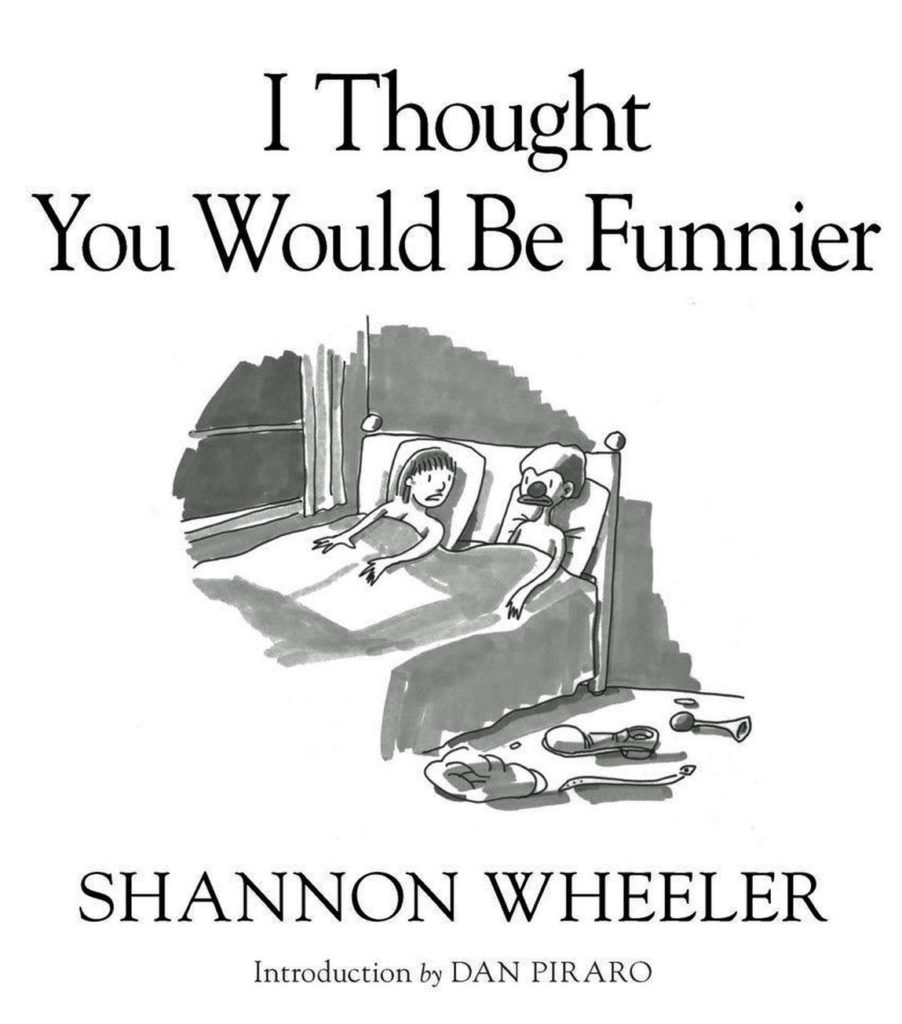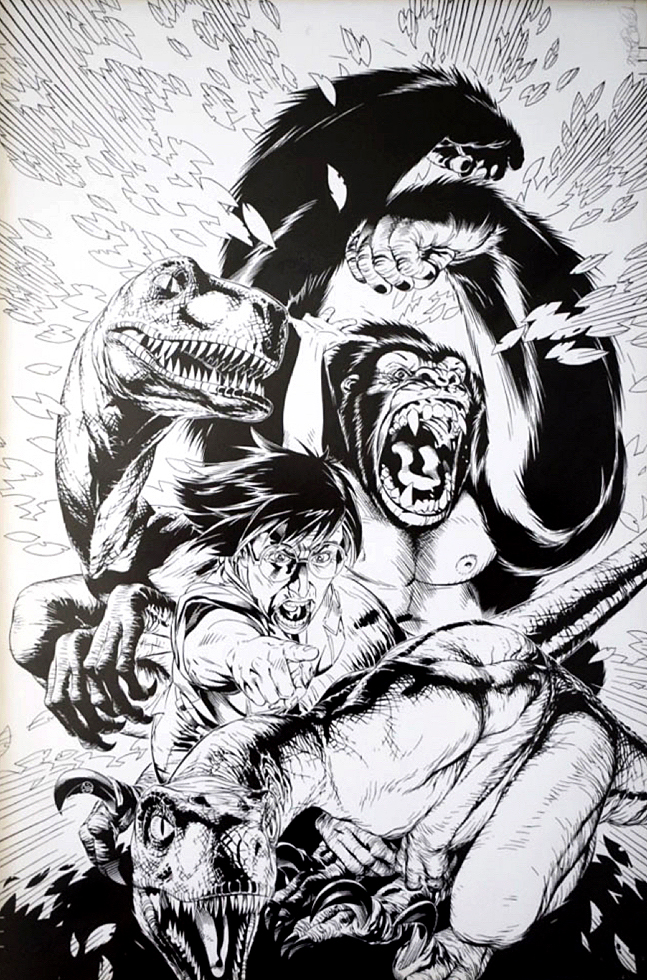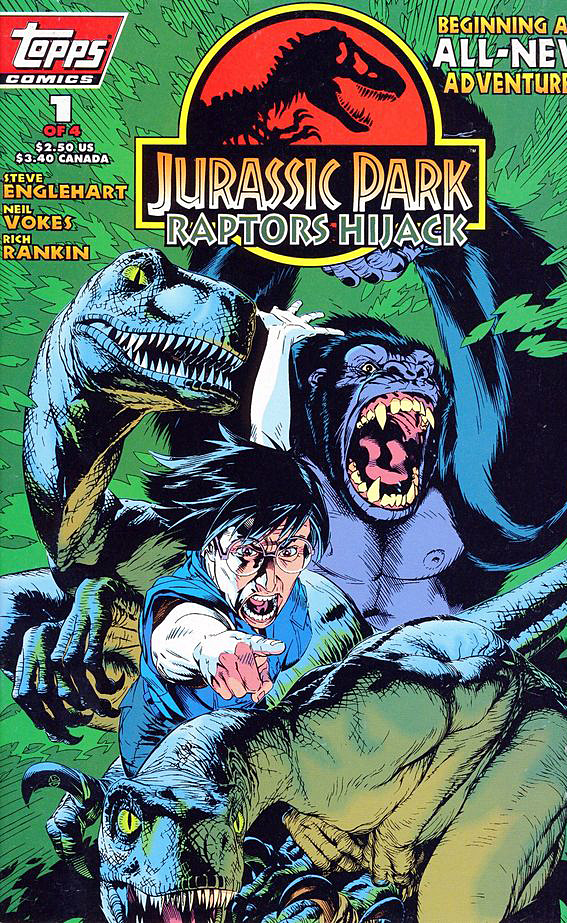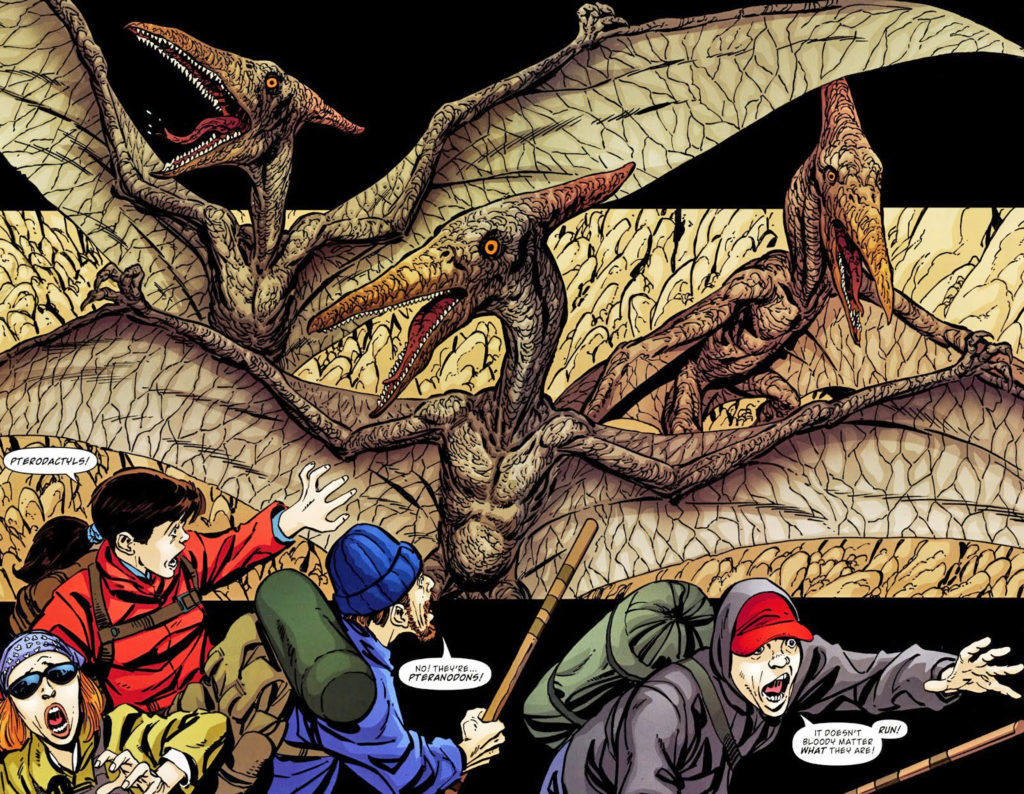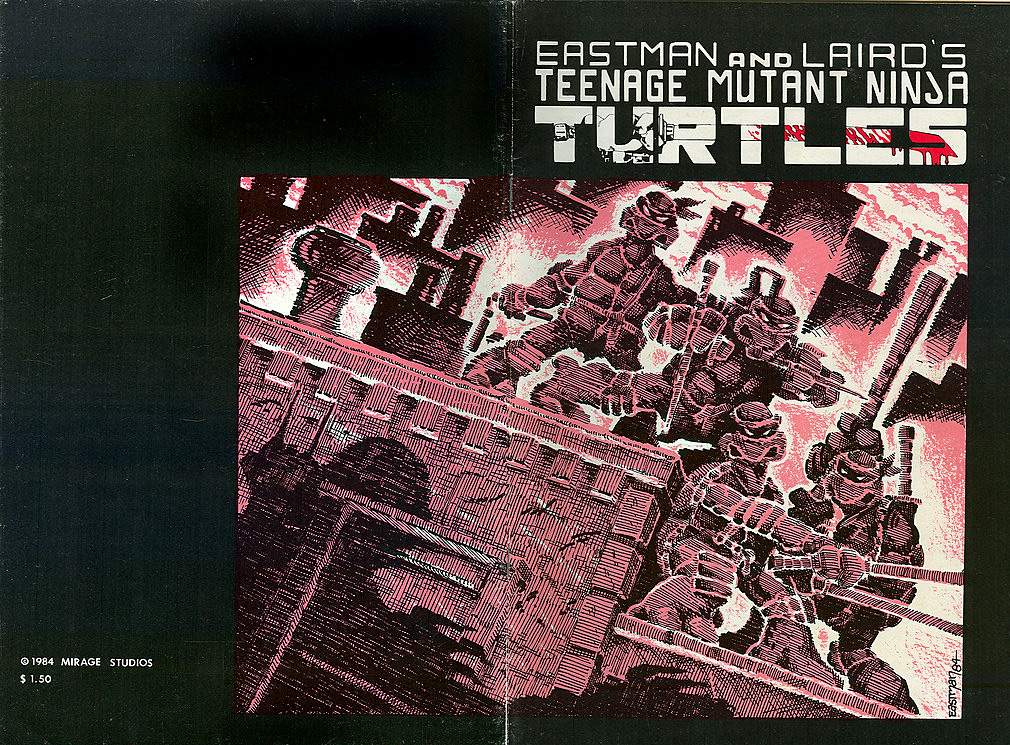Jordi Bernet — Black And White
Shadow Commission, Undated
Nearly all writers, amateur or professional, struggle with writers block at some point.
My blog schedule for 2020 is fairly consistent. About 250 -300 words per post, three posts per week. Add in some extra narrative in the captions, and the occasional “bonus” post, and we can generously call it 1000 words per week. 50,000 words per year, give or take.
That’s significantly less than my early newspaper or magazine days, and yet, every once in a while, I stare at the art — and the screen— blankly, trying to get my thoughts together in a semi-coherent fashion.
And then, there’s Walter Gibson, creator of the Shadow. During the height of the character’s popularity in the 30s and 40s, he wrote two novels PER month, each 50-60,000 words. (Using the pen name Maxwell Grant.)
50,000 — 60,000 (or more) words every… two… weeks.
In Gibson’s NY Times obituary, the paper calculated that in some years, his annual output was well over 1.6 million words!
Reading some of these Shadow stories, it’s obvious that although they were genre books, with certain themes and ideas repeated throughout, they were well written, creative and original. Quality novels, twice a month.
How the heck did he pull it off? Astonishing is definitely an understatement.
Turns out he and I were living fairly closely to each other shortly before he passed away in 1985. I wish I knew that (where was the internet when I needed it?), so I could have perhaps expressed my astonished admiration directly. And of course, thank him.
Oh, yes, back to the art: A great commission by the terrific Jordi Bernet. He’s done a bunch of these, so I assume he’s a fan.
I was fortunate enough to meet him — and host him briefly — at the 2011 San Diego Comic–Con. IDW published the first high quality collection of Torpedo stories in English. And although I’m not a huge fan of the stories themselves, I’m a big fan of the art.
That too, is an amazing understatement.
But at least I had an opportunity to tell him that. Even if my Spanish is fairly impotent.







